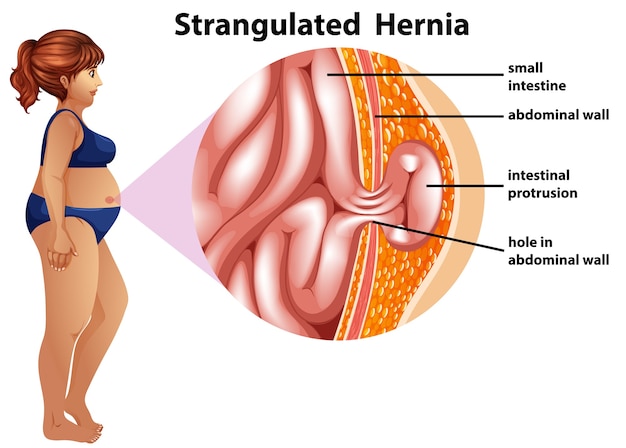Heart failure is often associated with weakened heart muscles, but a growing number of cases involve a heart that pumps normally—yet still fails to meet the body’s needs. This condition, known as heart failure with preserved ejection fraction (HFpEF), affects nearly four million Americans and has long puzzled researchers due to its complex origins and lack of effective treatments. Now, groundbreaking research is turning the spotlight on an unexpected culprit: fat tissue.
Unlike heart failure with reduced ejection fraction (HFrEF), where the heart’s pumping ability is clearly impaired, HFpEF patients have a normal or near-normal ejection fraction—the percentage of blood pumped out with each heartbeat. Despite this, they suffer from breathlessness, fatigue, and fluid retention because the heart struggles to relax and fill properly between beats.
For years, HFpEF was considered a condition of aging or high blood pressure. But recent studies suggest it’s more accurately a systemic metabolic disorder, closely tied to obesity, diabetes, and chronic inflammation. This shift in understanding has led scientists to investigate how internal fat biology contributes to heart dysfunction.

Fat tissue is no longer seen as just a passive energy store. It’s now recognized as an active endocrine organ that secretes signaling molecules called adipokines. These include hormones like leptin and adiponectin, as well as inflammatory cytokines such as interleukin-6 (IL-6) and tumor necrosis factor-alpha (TNF-α).
In healthy individuals, adipokines help regulate appetite, insulin sensitivity, and immune function. But in people with excess visceral fat—fat stored deep in the abdomen—this balance is disrupted. The fat becomes dysfunctional, releasing excessive pro-inflammatory signals and fewer protective adipokines.
New research suggests that these abnormal adipokine signals travel through the bloodstream and directly affect the heart and blood vessels. Chronic inflammation leads to:
Together, these changes create a perfect storm for HFpEF. The heart may pump strongly, but its ability to relax and fill efficiently is compromised—leading to the hallmark symptoms of the disease.

Emerging data from the UK Biobank imaging study reinforces that it’s not just how much fat you have, but where it’s stored that matters. Visceral fat—wrapped around internal organs—shows a stronger link to heart aging and HFpEF risk than subcutaneous fat (under the skin). This deep fat is more metabolically active and produces higher levels of harmful adipokines.
The realization that adipokines drive HFpEF opens exciting new avenues for treatment. Instead of just managing symptoms, researchers are now exploring therapies that target the root metabolic causes.
One promising candidate is tirzepatide, a dual glucose-dependent insulinotropic polypeptide (GIP) and glucagon-like peptide-1 (GLP-1) receptor agonist originally developed for diabetes and weight loss. Clinical trials have shown that tirzepatide not only reduces body weight and improves insulin sensitivity but also significantly lowers the risk of cardiovascular events in patients with HFpEF and obesity.
By reducing visceral fat mass, tirzepatide may help normalize adipokine signaling, reduce inflammation, and improve heart function—offering a potential disease-modifying effect rather than just symptom relief.
These discoveries are reshaping how we view HFpEF—not as a single disease, but as a spectrum of conditions driven by metabolic dysfunction. This paves the way for personalized treatments based on a patient’s fat distribution, inflammatory markers, and metabolic profile.
Future therapies may include:
The link between adipokines and HFpEF marks a turning point in cardiovascular medicine. By recognizing fat tissue as a key player in heart health, researchers are unlocking new strategies to prevent and treat a condition that has long resisted effective therapy. While more studies are needed, the message is clear: protecting the heart may start with understanding the biology of fat.
This evolving science offers renewed hope for millions living with HFpEF—and underscores the importance of metabolic health in maintaining a strong, resilient heart.

Health

Health

Health

Health

Health

Fitness

Health

Health